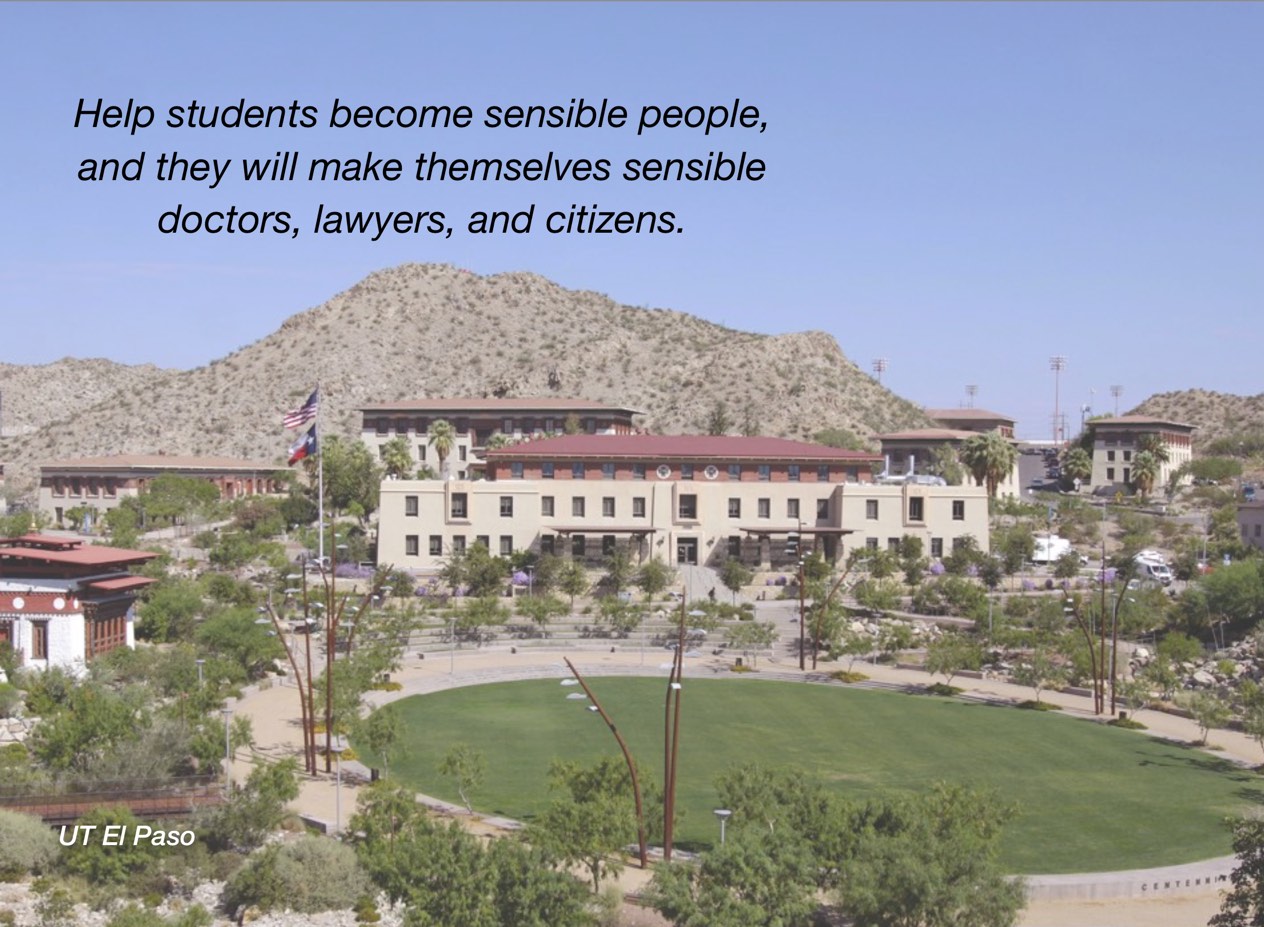29 Teaching Invention through Imitation?


Kenneth Roemer
Singers do it. So do scientists, artists, athletes, business leaders, carpenters, and preachers. In practically all professions, people learn by imitating. If the models are exceptionally good, then imitation is often an excellent way to learn. Certainly some of the best writers started out imitating.
“Started out” – there’s the rub. In American culture, imitation isn’t enough. To be successful, one has to go beyond modeling to innovation. In composition classes and especially in creative writing classes, teachers place emphasis on discovering one’s own style, voice, and subject. America’s most famous writers may have started out modeling other writers, but they became famous because they went beyond their models. Hemingway gave Twain a twentieth-century voice, and Toni Morrison expanded Faulkner’s South.
I knew that any creative writing course I proposed would have to be “innovative” to compensate for my utter lack of credentials. Unfortunately, I was old-fashioned and believed strongly in modeling. What I needed was some form of “inventive modeling” for my autobiographical writing class. I needed a model that was well written – with vivid detail, created scenes, and an engaging narrative – and presented an intriguing way to represent the self. But I also wanted one that made simple copying of topic, style, and viewpoint difficult, and one that was initially a bit confusing so that students had to ponder how the model worked and how they might apply its methods to their life stories.
The Way to Rainy Mountain, by the Pulitzer Prize-winning author N. Scott Momaday, became my model. The twenty-four stories in the book are each told in three interrelated but separate paragraph-length voices a Kiowa and family storytelling voice, an historical/factual voice, and a personal memory voice. Together they demonstrate that creating a written self necessitates multiple angles of vision. There are Native American students at the University of Texas at Arlington, but none have been Kiowa from rural Oklahoma. Students can’t just copy Momaday’s place and culture. And the structure of the book is confusing enough that they must puzzle over how they can adapt Momaday’s writing processes and vary his form to fit their lives.
Since the 1970s when I began teaching and writing about inventive modeling and The Way to Rainy Mountain, my suggestions have been taken up in many colleges (even by all the entering students at one university), by students in Japan and other countries, and by inmates in a New Mexico prison. The method can be adapted to whole-semester courses or to short assignments. For instance, students can use interrelated family stories, factual information, and personal memories to create just one three-voices section.
I’m a devotee of Momaday’s book. But inventive modeling doesn’t depend on one book. Inventive modeling can be effective as long as the model represents good writing and demonstrates interesting ways to portray the self, but also minimizes the possibility of mechanical copying and maximizes the possibility that students will be confused and intrigued enough by the text to imagine how they can be inventive.


Chapter 26 Commentary: John Sibert
“Two essays in this collection focus on imitation: Kenneth Roemer’s “Teaching Invention through Imitation” and John Hadjimarcou’s “Imitate Success.” Kenneth and John speak in different ways about using imitation to eventually develop one’s own identity. Both essays conjure up the old adage: “Fake it ‘til you make it.” Such an approach is not flawed, but it recognizes that we all stand on the shoulders of those who come before us. Seeking guidance or a template until traction is gained in one’s own identity is a solid, proven method for development. The key word here is “development.” Without development, a person may ultimately doubt their abilities to the point that they feel professionally or academically fraudulent. Thus, I would suggest that beginning lecturers or developing students, who choose to play a role or borrow a template until they “make it,” gain the self-awareness to know the cause of why they need to fake it in the first place. Is it a lack of experience? Is it a lack of confidence? Is it fear of judgment? It is through such reflection that early fakers can successfully use the guidance of others to become independent, innovative makers.”

